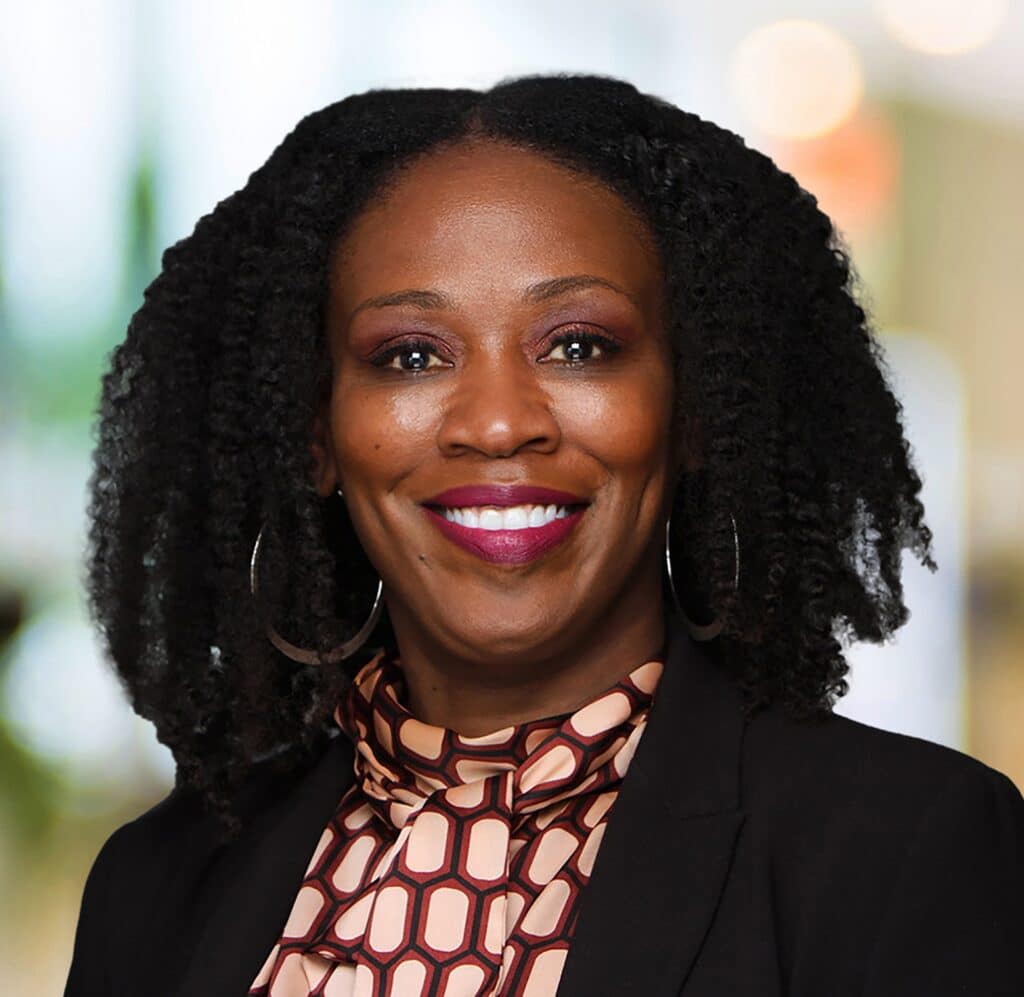By Keisha Bell, Head of Talent Management and Diversity, Equity & Inclusion, DTCC

Throughout my career, and especially in my current position at The Depository Trust & Clearing Corporation, I have been inspired and motivated by the progress I have seen towards elevating women with multiple identity dimensions such as race, ethnicity and sexual orientation in financial services. In fact, data from McKinsey found that in 2021 women represented over half of entry level employees in financial services, showing this to be an industry that is becoming increasingly attractive for women early in their career.
This progress at the entry level is a direct result of firms evolving their approaches towards diversity, equity, and inclusion (DEI), and in particular addressing the need to encourage women to consider STEM fields, thereby building the talent pipeline for tomorrow. That said, this same research from McKinsey also found there is a “leaky pipeline” for women in our industry, with the gender proportions decreasing when we consider senior levels. This trend is redoubled for women of color and varying sexual orientations, backgrounds and abilities, as they stand at the intersection of multiple dimensions of unconscious bias, often precluding them from succeeding in financial and tech careers. As the industry works to close this gap, it will be critical to support female leaders of all backgrounds at the point where we are seeing them start to fall off – in the “middle” of their careers – and amplifying the “broken rung” in the ladder to success.
The State of Support for Women Today
In financial services and more broadly, the movement towards gender parity early in women’s careers shows the impact that intentional initiatives can have on enacting systemic change. Specifically, firms have prioritized expanding campus recruitment and programs to bring in diverse talent at the early career phase. There have also been exciting conversations and meaningful change in how industries are recruiting in STEM fields where women are historically underrepresented. One great example is the work Girls Who Code has done to show young women the impact a career in STEM can have, long before they enter the workforce or even take their first college course.
On the other end of the spectrum, organizations like The 30% Club have been making efforts to seal the leaks in the female leadership pipeline by calling on firms to increase intersectional gender representation in corporate boards and senior leadership. We have observed meaningful increases in these numbers, with research from Deloitte and The 30% Club showing that approximately 20% of board seats globally are held by women. That’s an increase of nearly 3% since 2018. While this progress is measured , it demonstrates how the industry can move the needle when it focuses on clear, measurable goals such as board and senior level representation.
Recruiting Does Not Stop at the College Fair
To stymie the leaky pipeline between entry level and senior level positions, the financial services industry must also continue to evolve its approach to recruiting to ensure it does not stop at the early career phase. This is especially true as pandemic-related headlines bring attention to the “great resignation” and the “war on talent.” Firms must develop innovative methods to attract and retain the industry’s best.
At DTCC, I have been proud of the work we have done to recruit women, including those who stand at the intersection of race, gender expression, class, sexual orientation, ability, age, national origin and religious identities, leveraging traditional and less traditional approaches. For example, our Re-Emerge program is an internship for women who left the workforce and now want to return. Through this initiative, women participate in a twelve-week program, after which they can earn the opportunity reenter the workforce, with the updated experience to account for their time out of the traditional workforce. Programs like this speak directly to many women’s experience of being downgraded two or three levels in their career when trying to re-enter the workforce after taking time off.
In addition to programs like this, there are other practices that are widely gaining attention in human resources departments across the country that can help in bringing qualified female applicants for mid-management positions. For instance, Harvard Business Review finds that focusing on inclusive language in job descriptions and publicly sharing women’s success stories can help increase the number of female applicants in the hiring pipeline. Not only do these practices prevent future leaders from falling through the cracks, but they also bring unique perspectives to firms—key to creating innovation and achieving business results.
The Need for Programs that Nurture Women’s Professional Growth
Ultimately, retention is key for ensuring future female leaders within organizations. Once recruiting is over, the responsibility of nurturing women’s career growth begins. Again, this is an area where intentional, firmwide initiatives can work to move the needle for women across all identity dimensions. This is the piece of the puzzle that connects identifying future leaders with tools to become grow within their organizations. Targeted mentoring programs, formal and informal, and a focus on inclusion in promotion decisions must both be priorities for firms in 2022 and beyond.
We’re also proud of Emerging Women Leaders initiative, a DTCC program that addresses the “broken rung” many women encounter in their career ladder—moving from individual contributor to people manager. The six-month program equips participants for future leadership roles, enhancing their career management efforts by providing networking opportunities while expanding their leadership skills and organizational savvy.
By focusing on retaining and nurturing female talent in the middle of women’s careers and bringing qualified applicants with years of experience to the table as promotions and new positions open, we continue to see greater progress towards gender equity in our field. And looking ahead, the women who we support one, five, or ten years into their careers may become the future leaders moving the needle within organizations.

